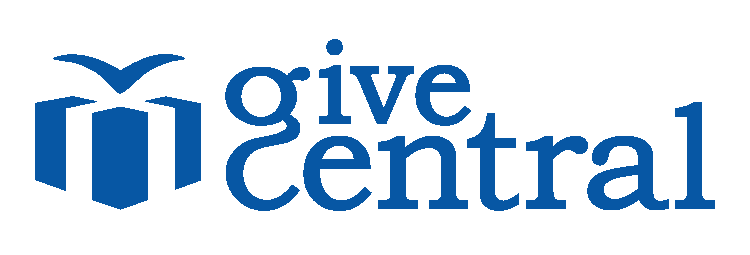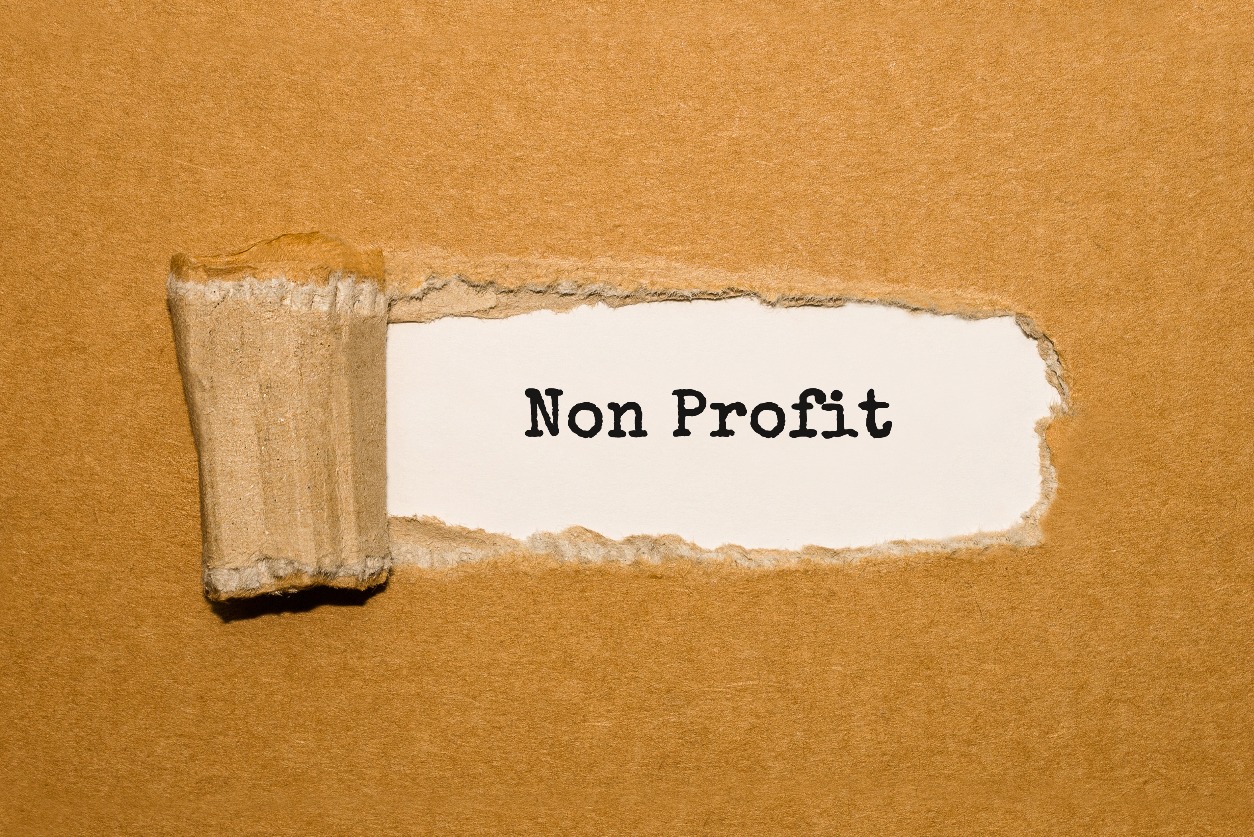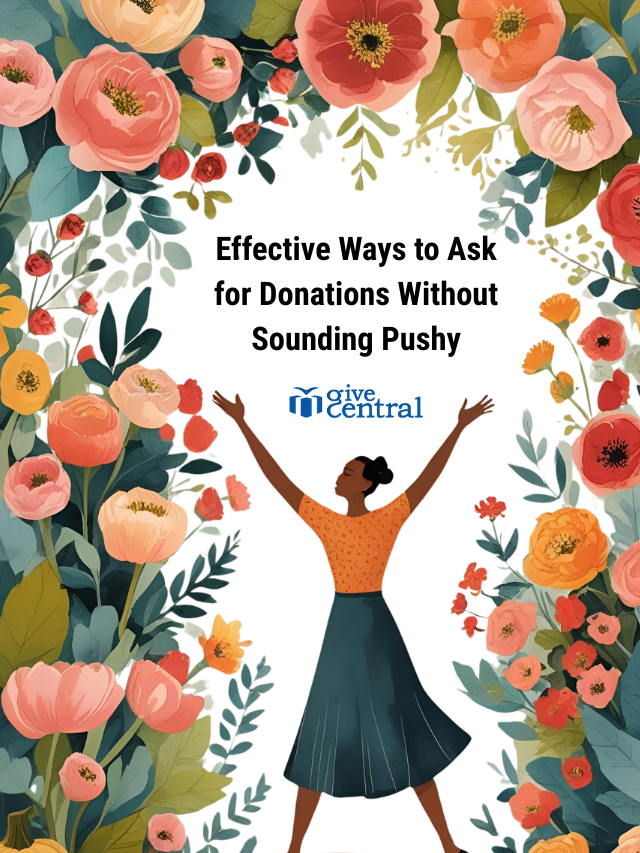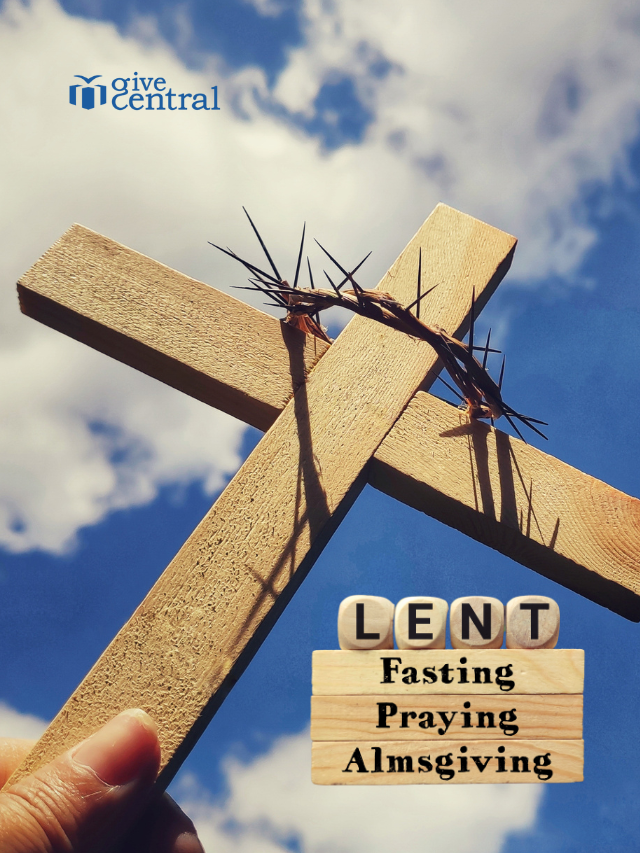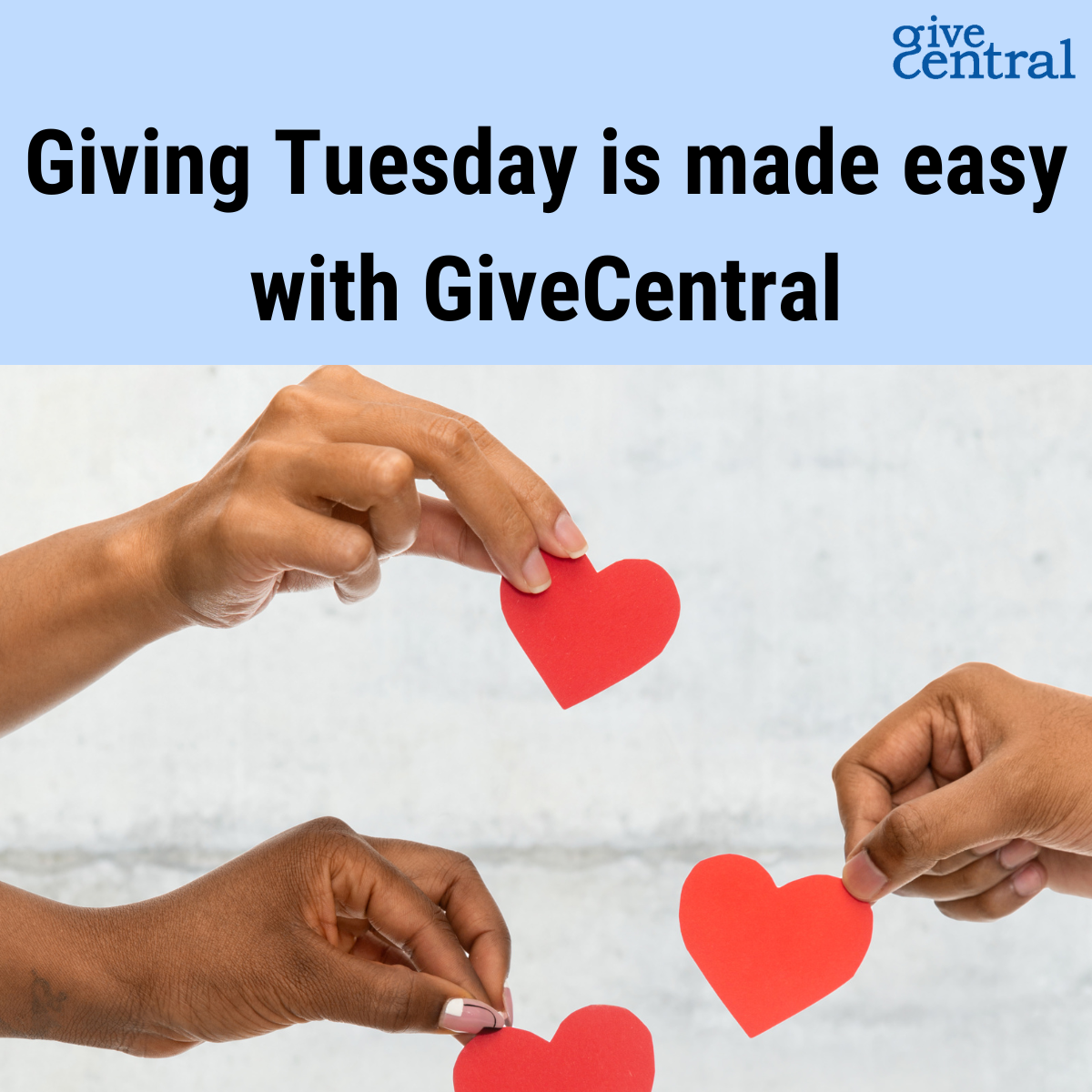So your nonprofit isn’t as big as the United Way or Goodwill, but you’re still doing good work. But all the Big Research that you could compare your organization to is based on the big-budgeted, big-named orgs… how can small nonprofits measure up? What’s the best way to reach out to your donors in a way they’ll be receptive to? How do they prefer to give?
Today we’re taking a look at another aspect of the Individual Donor Benchmark Report (IDBR), which takes a deep dive into the data of small nonprofits (anywhere from $5,000 to $500,000). And one of the biggest things they’ve discovered is that online giving presents a HUGE opportunity for you.The “Individual Donors” studied in this report generate about 36% of a nonprofit’s budget, giving an average of $435 apiece. (About half of that was “major” gifts over $1,000.) While gift size certainly varies by the size, focus, and organizational strategy of a particular nonprofit, that’s still money you want to ensure makes it into your budget.
Online Giving is Massive for Small Nonprofit

Now the big news: among nonprofits surveyed, the average growth in online fundraising between 2013 and 2014 was 403%. That’s incredible!Nonprofits with under $5,000 in online revenue are at the head of the class, with 1,083% growth in online giving from 2013 to 2014. While organizations with new online giving programs are the most likely to experience such explosive growth, even the 25% growth experienced by larger organizations is nothing to scoff at. That’s an amazing benefit to offering an online giving option to your donors!
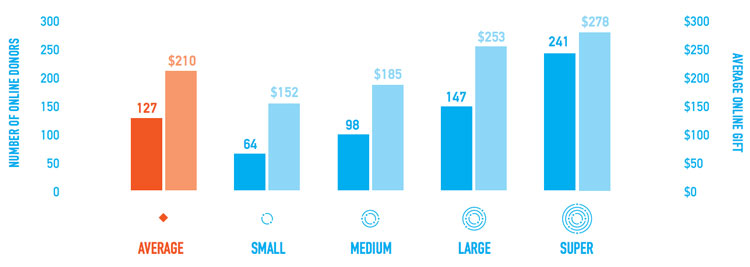
When your donors prefer to give online, you make sure it’s an option!
The average nonprofit is currently raising about 17% of its revenue online, and that number is growing every day. With the rate of growth mentioned above, it’s in your best interests to devote some resources to the exploration and development of an online giving program such as GiveCentral.
Recurring Donors Give More
Once you’ve got an online giving program in place, offering recurring giving options is a no-brainer. Letting your donors set up weekly, monthly, quarterly, or even annually-recurring gifts makes it incredibly easy for them to keep giving in the ways they prefer to give. Letting them plan ahead lets you plan ahead, knowing that at least some of your revenue is essentially guaranteed.According to the IDBR, recurring donors give about 20% more than the average gift over the course of a year. Depending on the size of your organization, you could see a smaller group of donors giving a greater portion of your revenue: for example, small nonprofits see 6% of their donors giving 15% of individual donor revenue.
Reaching Out Means Reaching Into Pockets
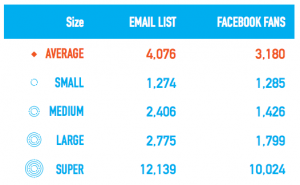 Fundraisers, particularly those at small nonprofits, know that face-to-face interactions are the best way to keep donors engaged. When it’s just not possible to meet individually with each donor, email and Facebook are two great tools for keeping in touch on the go. They’re good ways to keep letting donors know your progress on a particular project, to share the impact their gifts have made, and to announce what you’ve got planned next. And they’re the perfect channel for asking for online gifts!The IDBR found that each email address on your list (or Facebook fan) is “worth” about $20. That’s not to say that they’re giving you that twenty bucks apiece, it’s just a measure of “how much the size of your online universe can impact your online giving.” These channels help build relationships. Keeping in touch means keeping donors interested, engaged… and giving.
Fundraisers, particularly those at small nonprofits, know that face-to-face interactions are the best way to keep donors engaged. When it’s just not possible to meet individually with each donor, email and Facebook are two great tools for keeping in touch on the go. They’re good ways to keep letting donors know your progress on a particular project, to share the impact their gifts have made, and to announce what you’ve got planned next. And they’re the perfect channel for asking for online gifts!The IDBR found that each email address on your list (or Facebook fan) is “worth” about $20. That’s not to say that they’re giving you that twenty bucks apiece, it’s just a measure of “how much the size of your online universe can impact your online giving.” These channels help build relationships. Keeping in touch means keeping donors interested, engaged… and giving.
People Prefer to Give to People
A computer screen may not be the same as an in-person conversation, so this is when your staff and board members get to shine. These are the folks who make it all happen! Average small nonprofits have 6.4 Full-time Equivalent (FTE) employees, with just over half an FTE each dedicated to individual donors and communications. Understandably, these numbers vary greatly with the size of a particular nonprofit, but if you’ve got at least one person working about half-time on communications you’re on the right track.Put a spotlight on the great stories and successes your organization has accomplished with donor support, and encourage your people write in their own words rather than just listing facts and figures.
Putting a “face” on your organization’s needs and requests works! A conversational tone in the stories you tell makes your appeals easier and friendlier to read… and people like helping their friends.Your board is key in this effort: on average, 44% of board members play some significant role in attracting, cultivating, and retaining donors. Board members can make introductions, write personal fundraising notes, and look for sponsorships. Utilize those networks!Even a personal note from a member of your staff goes a long way toward making donors feel special. If your donors see that there’s someone out there who cares enough to write a note on your behalf, it just makes sense that they should care enough to make a donation as well.
Want more from the Individual Donor Benchmark Report? Visit Third Space Studio to download your own full copy. And if you’re ready to make a splash with online giving, contact us to learn how GiveCentral can get you started in less than a week.
2016 Heather Yandow Individual Donor Benchmark Report Online Giving Small Nonprofit Small Nonprofit
Last modified: May 3, 2016
